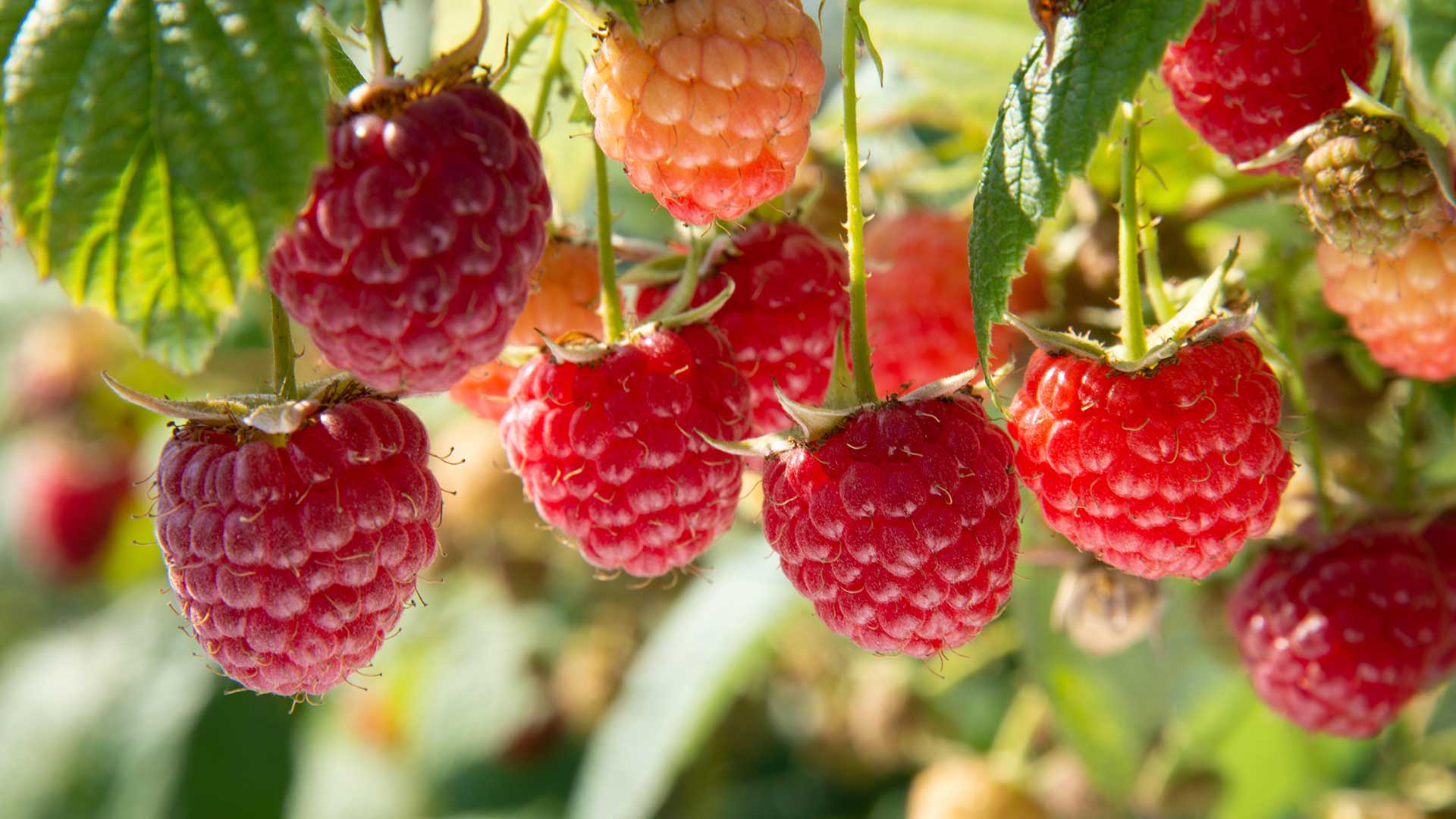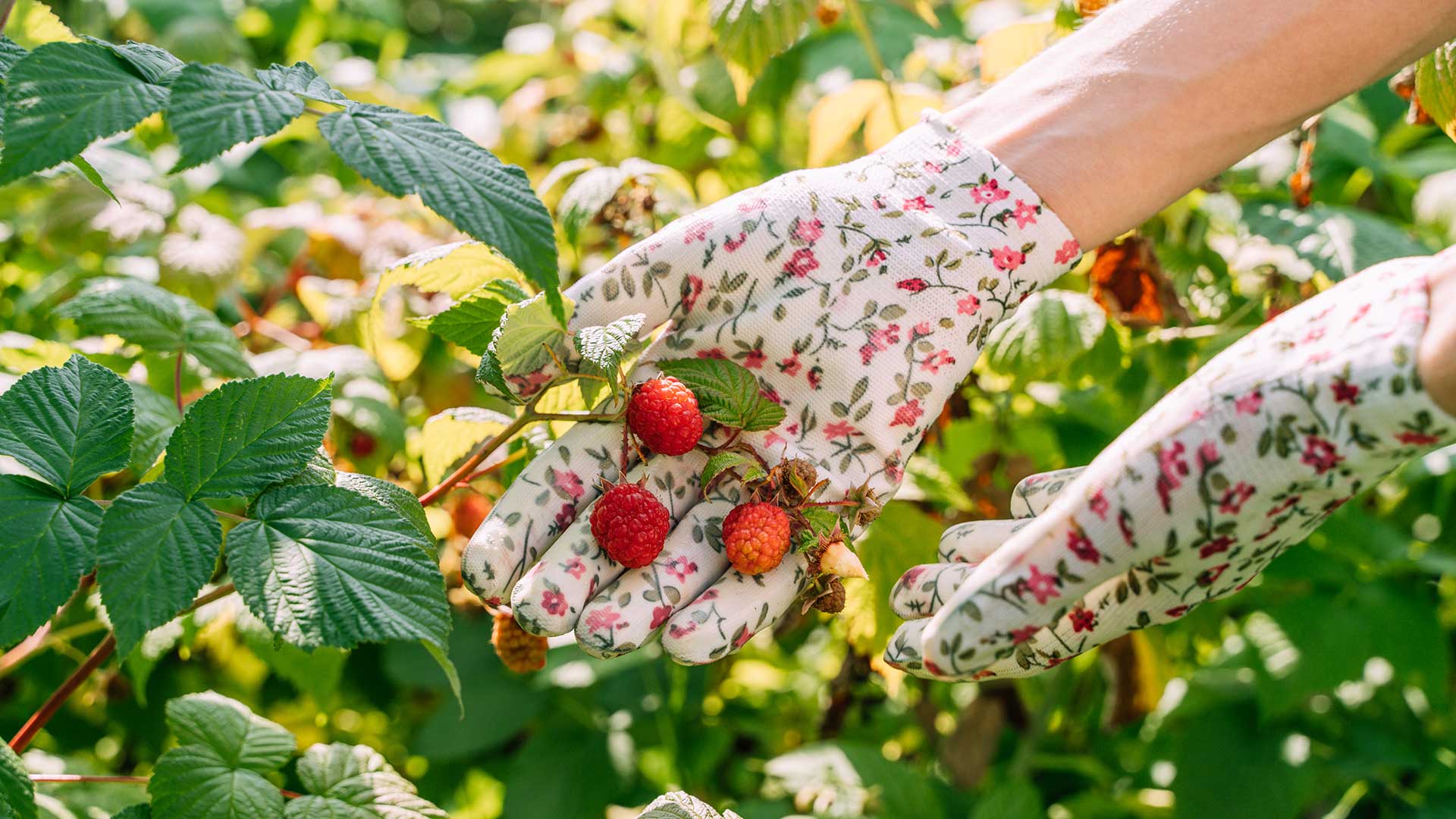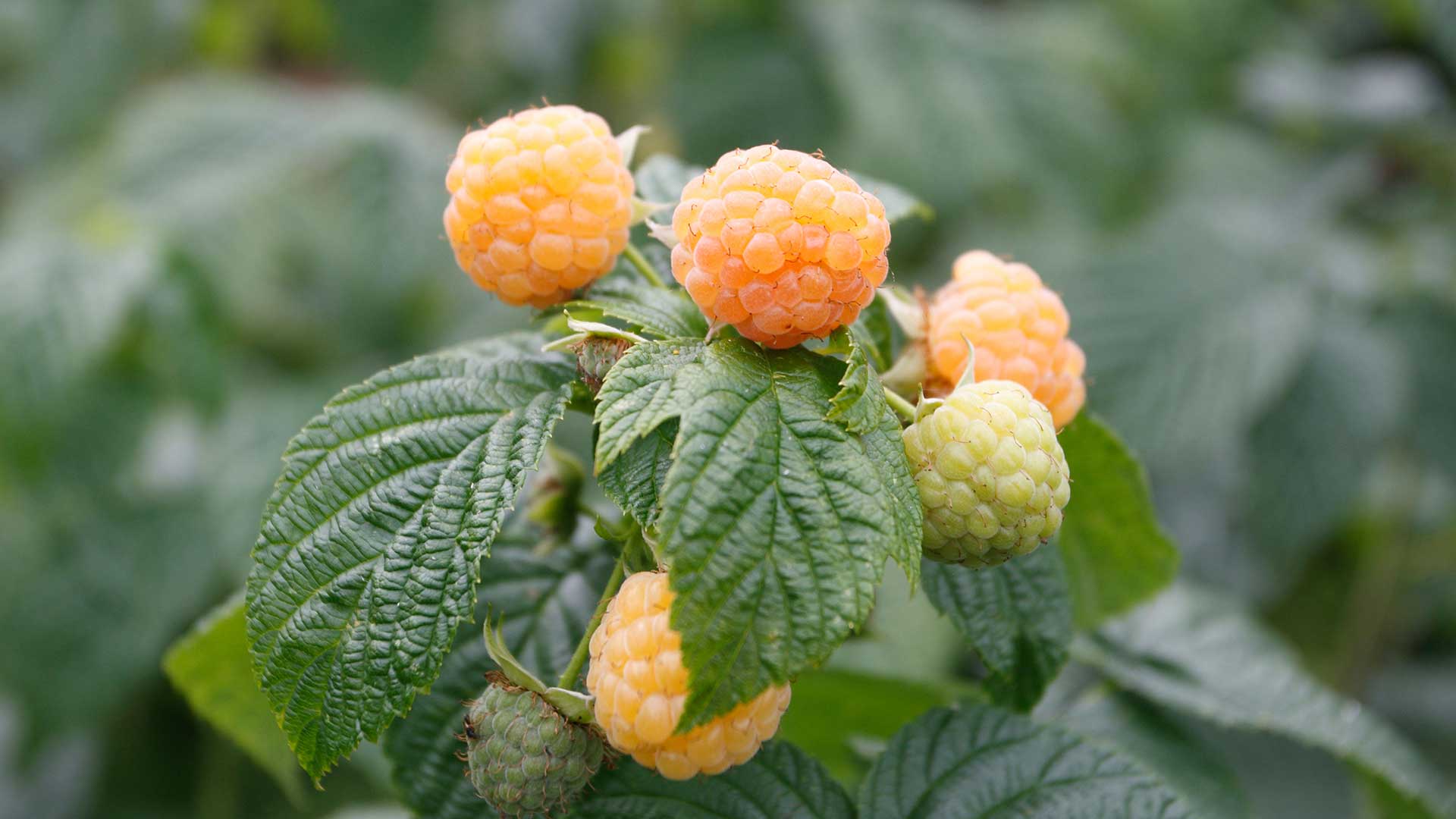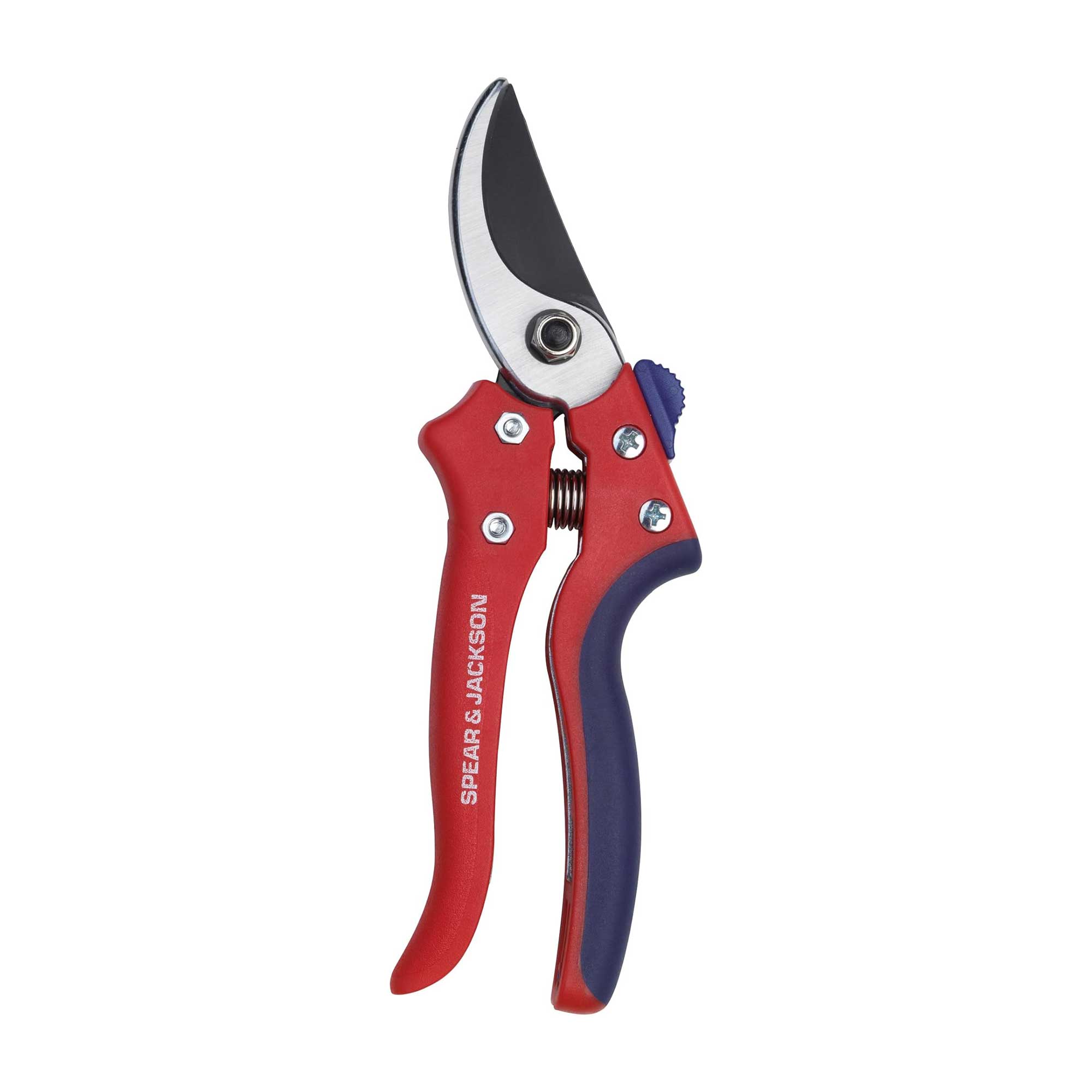When and how to prune raspberries: expert advice for homegrown crops
Gardening experts explain how to prune raspberries, with advice for both summer-fruiting and autumn-fruiting varieties


Learning how to prune raspberries is key if you're growing them in your garden. Getting it right will help keep your plants in top health and encourage heavy yields of their tasty fruits year after year.
When tackling this task, the first gardening tip to take on board is that there are two main types of raspberries: summer-fruiting and autumn-fruiting. Like when pruning tomato plants, the right technique depends on the type you're growing (a good reason to label your crops). However, don't let this deter you – it's simpler than it sounds.
I turned to gardening experts to find out exactly how and when to snip back these shrubs. Below, you'll find their top tips for both types – plus info on which tools you'll need.
When and how to prune raspberries: an expert guide
You might be tempted to leave your raspberries to their own devices, but giving them an annual prune is well worth the effort. As Luke Newnes, a gardening expert, points out, it's essential for keeping plants healthy, productive, and easy to manage.
"By removing old canes, you encourage strong new growth, reduce disease risk, and ensure a better crop the following season," he adds.

Raspberries are some of the most delicious seasonal treats

Joining the Hillarys Interior Squad, Luke, also known as The Pink Gardener, is a new-build gardening specialist and content creator. With a talent for transforming outdoor spaces into stunning sanctuaries, he shares expert gardening tips and inspiration, encouraging others to embrace the beauty of nature. When he’s not crafting digital content, Luke works at a garden centre, where he continues to share his knowledge and enthusiasm for gardening and the outdoors.
How and when to prune summer-fruiting raspberries
Summer-fruiting raspberries are ready to harvest from June, depending on variety. "Glen Ample" (available to order from Crocus from autumn) is an award-winning option that produces large berries from July.
According to Chris Bonnett, the founder of GardeningExpress.co.uk, these types of raspberries should be pruned right after fruiting, which will usually be in July or August. To do so, he says you’ll want to identify the old fruited canes – "these will be brown and woody and should have fruit stalk remains on them." Cut these down to soil level, he instructs.
Sign up to our free daily email for the latest royal and entertainment news, interesting opinion, expert advice on styling and beauty trends, and no-nonsense guides to the health and wellness questions you want answered.
However, be sure to leave some fresh, green canes that haven't fruited. As Luke explains, these will carry next year's crop. Choose six to eight of the strongest ones to keep per plant – the others can be removed. These remaining stems can be tied into plant supports.
Top tip: In spring, keep an eye out for any emerging new canes, commonly referred to as "suckers". These can be removed if they are growing where you don't want them to, to control the spread of your plants.

Chris Bonnett is the founder of online garden centre GardeningExpress and has been in the horticulture industry for over 20 years. Whilst he was a teenager, he combined his passion for the outdoors with the internet to deliver quality plants across the UK and Europe.

Cut back old canes
How and when to prune autumn-fruiting raspberries
Autumn-fruiting raspberries bear their juicy crop from August to October. They tend to be smaller than summer-fruiting types, and can be grown in large, sunny patio pots. Often, they will need fewer supportive structures as they grow, and sometimes none at all. Varieties include "Polka" from Thompson & Morgan, or, if you'd like to grow golden fruits, try the compact "Fallgold".
Autumn-fruiting raspberries should be pruned in late winter, before new growth begins, says Chris. This means they're a good one to add to your list of plants to prune in February.
Learning how to prune raspberries of this variety is even simpler than it is with the summer-fruiting types, as Luke points out. This makes them a great choice if you're just getting started with fruit and vegetable gardening. All you need to do is cut all the canes right down to the ground. "These varieties fruit on new growth each year, so this encourages a healthy flush of new canes in spring," Luke explains.
As with summer-fruiting raspberries, remove any unwanted new "suckers" that sprout.

The "Fallgold" variety
FAQs
What tools should you use to prune raspberries?
You'll need a few essential gardening tools to prune raspberries. These include a good pair of garden gloves, such as these RHS Tough Touch ones available from Crocus, which will protect your hands from thorny canes as you work.
To snip back your canes, opt for a pair of sharp bypass secateurs. These will help you make clean cuts to avoid damaging canes and leaving ragged edges, which make diseases more likely, says Chris.
"For thicker or woody canes, loppers can be useful," adds Luke. "Always clean your tools before and after use to prevent spreading diseases."
Should you prune raspberries straight after planting?
Raspberries are usually bought as bare root plants and planted when they're dormant (autumn to early spring). Once planted, you'll generally need to prune the tops of the canes back, so that each one is about 10 inches tall. Give them a good mulching, too.
Many other garden plants benefit from a prune to keep them in check and performing well. If you're looking for advice on how to prune hydrangeas or how to prune roses, our expert guides have plenty of tips.

The garden was always a big part of Holly's life growing up, as was the surrounding New Forest where she lived. Her appreciation for the great outdoors has only grown since then; she's been an allotment keeper, a professional gardener, and a botanical illustrator. Over three years ago, Holly started writing about plants and outdoor living full-time, first for Gardeningetc.com and now for popular lifestyle titles such as Homes & Gardens.
You must confirm your public display name before commenting
Please logout and then login again, you will then be prompted to enter your display name.
